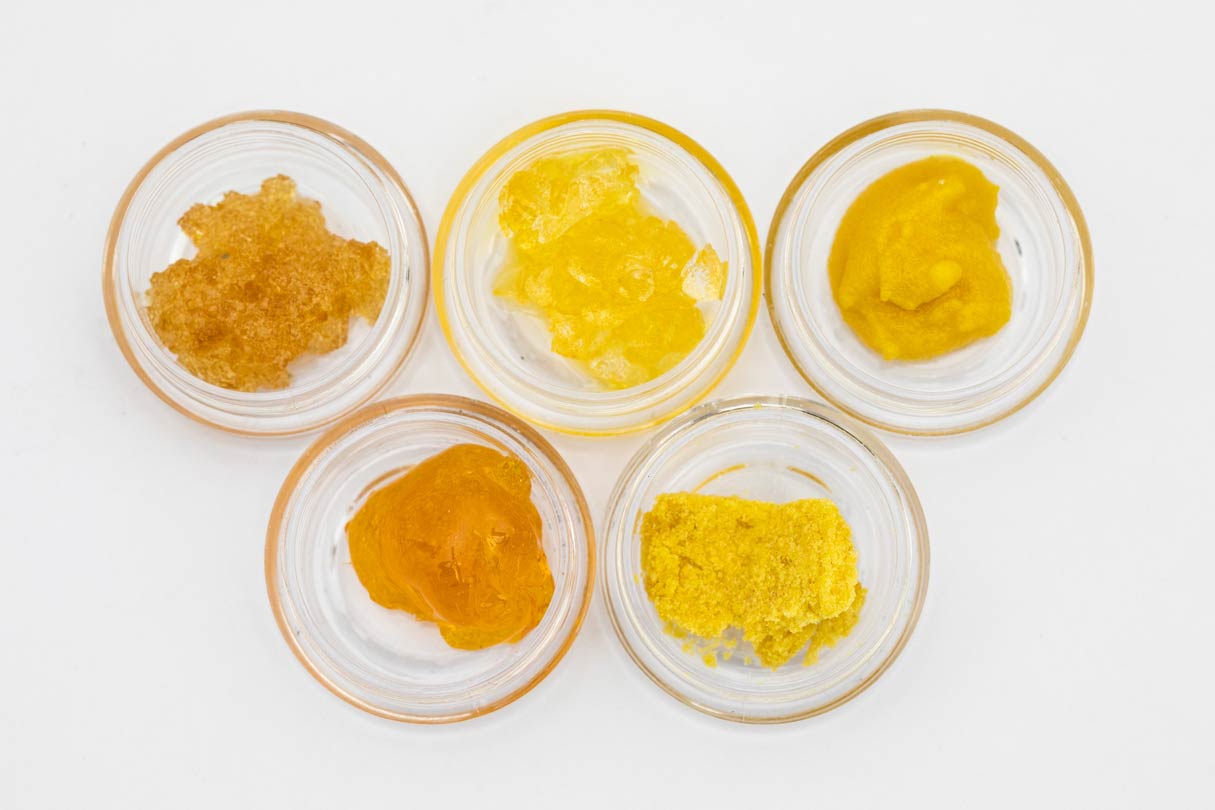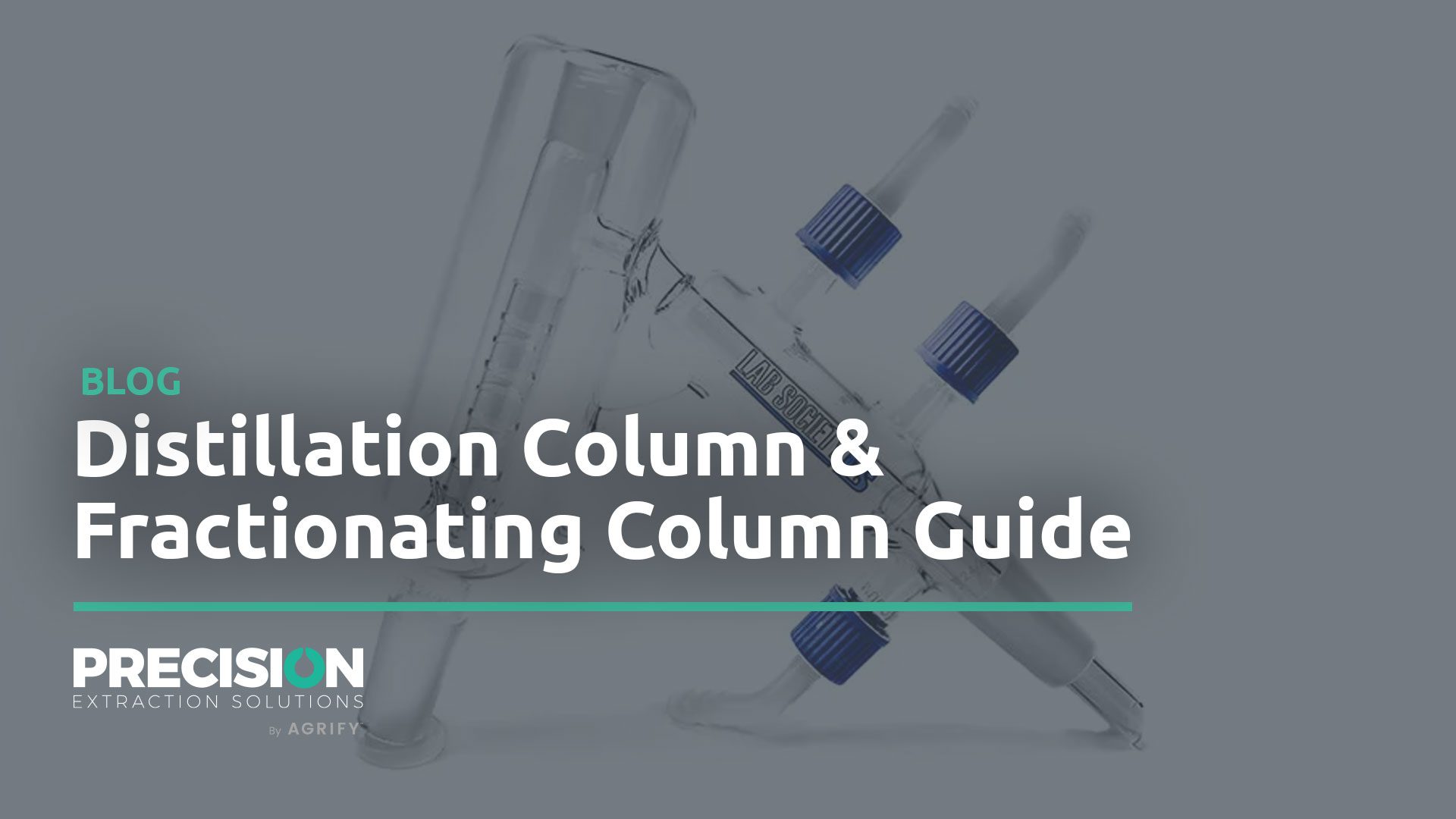
Today, we’d like to take some time to discuss a less exciting albeit required piece to the cannabis processing puzzle — is butane extraction safe? For the sake of this article, our main focus will be closed-loop extraction utilizing light hydrocarbons as our primary extraction solvents -specifically butane.
The most commonly accepted safety concern for light hydrocarbon extraction is the risk of explosion. The same properties that make our solvents of choice so favorable in these systems are also the exact reason they can be so dangerous in the first place. This metaphorical double-edged sword can seem complicated at first, but further analysis proves this concept is quite simple.
Is Butane Extraction Safe?
What Makes Butane Great for Extraction
Butane has a boiling point of roughly 0°C. Therefore, in standard atmospherically pressure situations at or below this temperature, butane will remain in the liquid phase. When temperatures above 0°C are present and all other parameters remain identical, butane will reside in a gaseous state. This is great for closed loop extraction because it allows us to easily manipulate the phase of our extraction solvent at different points in the process utilizing relatively low thermodynamic energy. In short, it’s easy to maintain butane as a liquid to strip the biomass of its desired active compounds and then turn it into a gas to not only remove it from our freshly extracted product but also recycle it for further use.
When Butane Poses a Risk in a Closed Loop Extractor
At this point I’m sure you’re asking yourself, what does this have to do with safety? If everything is running smoothly and your extraction system is operating as it was designed to, the answer is nothing. However, what happens when a gasket fails, or a fatigued operator forgets to perform a routine maintenance check on a high-pressure tri-clamp connection? A leak is sprung. Pressurized liquid butane is escaping the system rapidly, turning into a gas instantaneously.
When butane is in the gaseous phase, it occupies 233 times as much volume as it does in liquid phase. This is referred to as expansion ratio. In basic terms, this means that one gallon of liquid butane in a solvent storage vessel would become approximately 233 gallons of gaseous butane if the entire gallon was vented to the atmosphere. The lower explosive level of butane (commonly referred to as LEL) is a staggeringly low 1.86%. Yes, you read that correctly — a concentration level of less than 2% can create a potentially explosive situation in your extraction lab.
Three basic elements must be present to create an explosive event in any scenario.
A flammable substance in high enough concentration (LEL)
An oxidizer (oxygen)
An ignition source (flame, static, etc.)
Is Butane Extraction Safe? Hydrocarbon Safety Precautions
First and foremost, all compliant cannabis extraction must take place in a properly classified environment. Arguments can be made that the nature of extraction falls under C1D2 guidelines, but for safety’s sake and industry standard practices, C1D1 is the universally accepted classification.
C1D1 is the acronym used to refer to a Class 1 Division 1 environment. As defined by NFPA 70 (National fire code), a Class 1 Division 1 environment is required in any location where:
- An ignitable concentration of flammable gas or vapor can exist under normal operating conditions.
- An ignitable concentration of flammable gas or vapor can exist frequently because of repair or maintenance operations or because of leakage.
- Breakdown or faulty operation of equipment or processes might release an ignitable concentration of flammable gas or vapor and might also cause simultaneous failure of electrical equipment in such a way as to directly cause the electrical equipment to become a source of ignition.
An environment must adhere to strict national fire code guidelines to be classified as C1D1 compliant.
Vent the Area
The first order of business is an exhaust system to dilute the concentration of flammable gases to a non-explosive level should they become uncontainable. A minimum air exchange rate of 1 cfm/ft^2, (though double that is preferred) is the go-to specification in this scenario. We prefer to interlock the exhaust system with flammable gas detection equipment in our designs. This allows us to run a safe, static exhaust rate during baseline readings as well as the ability to instantly increase ventilation if flammable concentration levels are reached. This allows us to limit the first factor in an explosive situation.
Use Proper Equipment and Electrical
The next component of a safe lab is compliant equipment. All electrical connections and components housed or used within the C1D1 environment must be classified for use in said environment. This includes lights, security cameras, gas detection equipment, electrical plugs, gas compressors, etc. These items are often overlooked and are crucial to ensuring a safe operation of your extraction lab. By utilizing such equipment, we are now controlling the third factor in an explosive situation — ignition.
There are several other factors to consider when designing a complaint extraction environment. For the sake of this article, we have only scratched the surface.
How Precision Can Help You Perform Butane Extraction Safely
Precision Extraction prides itself on being an end-to-end solutions provider, and we offer not only C1D1 compliant extraction and post processing equipment but also C1D1 prefabricated rooms and cannabis lab and facility planning services. See below for Precision equipment and service offerings for extracting with butane safely.
Closed-Loop Hydrocarbon Extractors
- Suitable for butane and propane solvents
- Multi-solvent capability available
- C1D1 compliant
- Ideal for small to large scale productions
- Great for craft concentrates
- Efficient and ergonomic design
EXP Room – C1D1 Enclosures
Prefabbed, ready to assemble C1D1/C1D2 enclosures for primary extraction and post processing
- 1 day installation
- Different sizes available
- OSHA Compliant
- No exposed cables or wires
- For use in all regulated jurisdictions†








